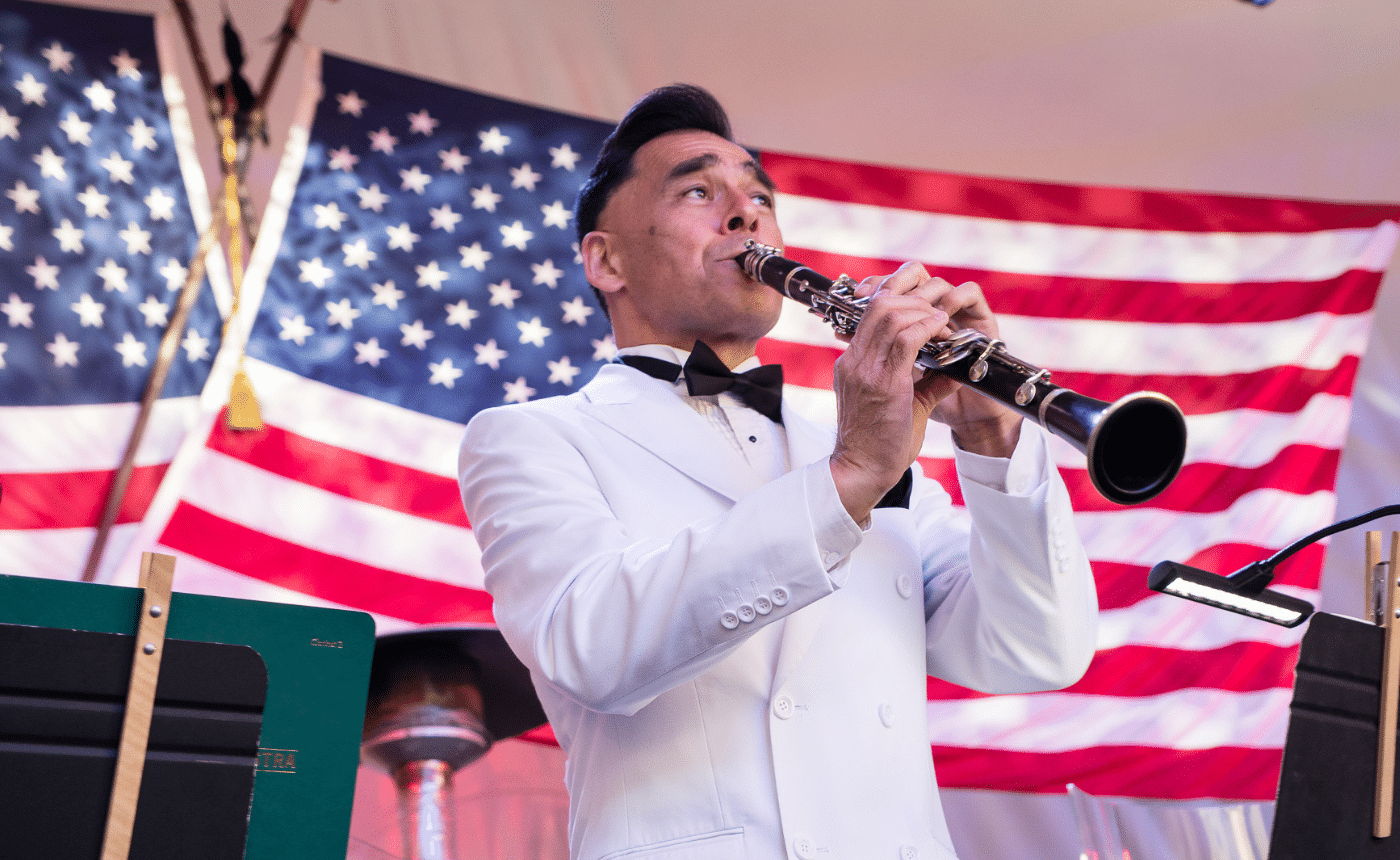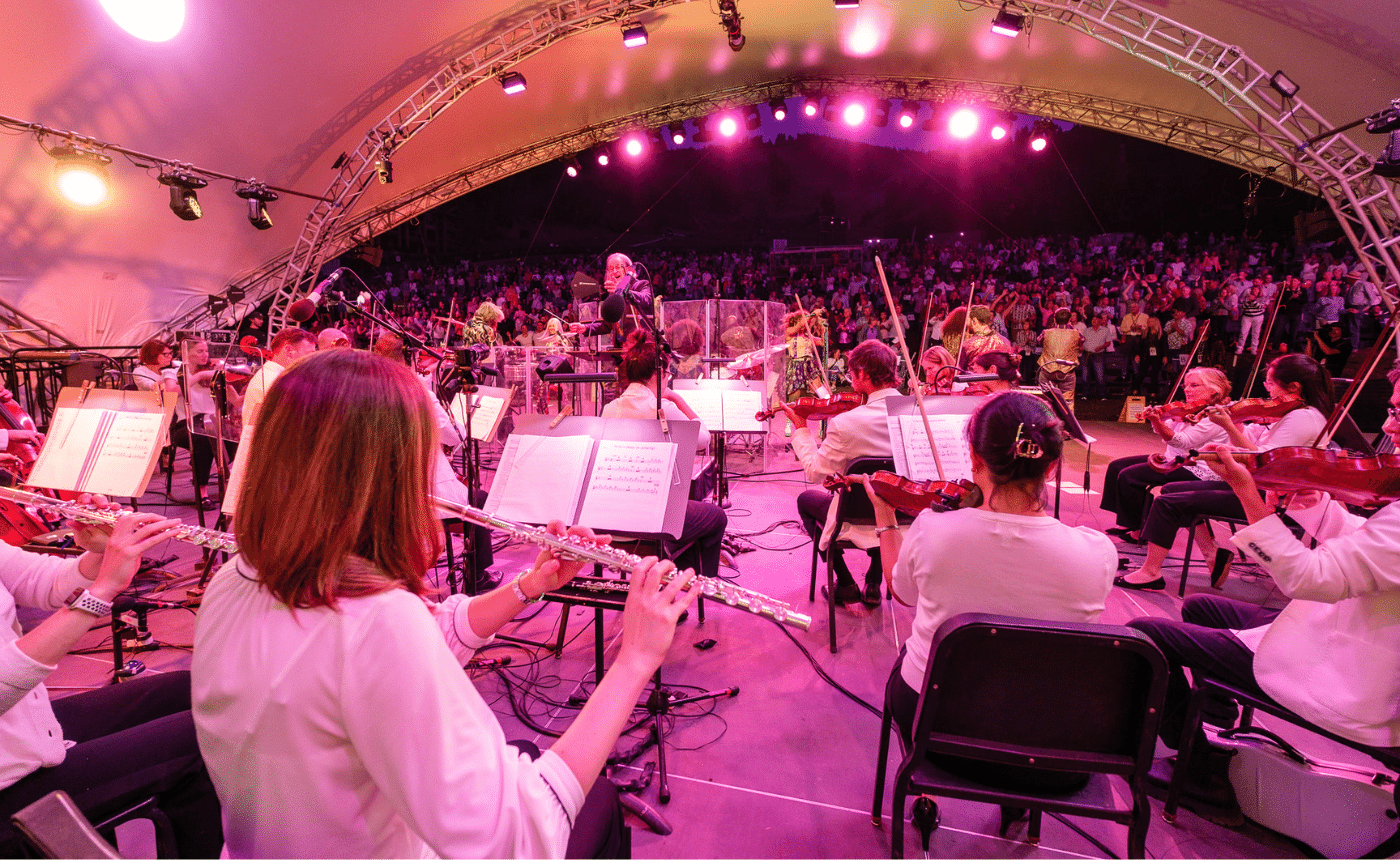Haydn – Symphony No. 6 in D major, “Le Matin”
Joseph Haydn (1732 — 1809): Symphony No. 6 in D major, “Le Matin“
Instrumentation: flute, 2 oboes, bassoon; 2 horns; keyboard; strings
Performance time: 23 minutes
Background
As often as we are reminded of the Austro-Hungarian Empire’s place in world history, we tend to think of the Haydn-Mozart-Beethoven locus as homogeneously Germanic. But the influence of Hungarian culture in the development of European classical tradition has been critically important for three centuries, going back at least as far as the early 1700s. In 1761, when Haydn was appointed to the service of the Hungarian Prince Paul Anton Esterházy, it was perhaps the most momentous single event of his long and productive career. Not yet 30 years of age, he had been busily freelancing for more than 10 years, but now became a member of a musical community in one of the most influential courts in Europe — where, as Kapellmeister, he had a virtuoso orchestra at his disposal.
The realities of global geopolitics have eclipsed the non-German cultural influences to which Haydn was exposed in his new job. But if you turn to a modern geographic reference for information on the location of his first posting — the city of Eisenstadt, on the eastern border of Austria, alongside Hungary — you’ll find it within a stone’s throw of Budapest, Bratislava and Slovenia. It has been known as Kismarton (in Hungarian), Željezni Grad (in Croatian), and Željezno (in Slovenian). Here, in the resplendent residence of the new Esterháza Palace, Haydn composed his most important early symphonies, including the Symphony No. 6.
In fact, the Symphony No. 6 was his first symphonic work in this new position, composed in the spring of 1761, not long after he joined the payroll of the Esterházy family. Though they maintained excellent court orchestras in both Eisenstadt and Vienna, the chamber orchestra in Eisenstadt was somewhat smaller, and in the instrumentation of the symphony we can see how Haydn tailored his composition to the capabilities of his colleagues at Esterháza. But listening to this elegant work, we can hear the pleasure that Haydn took in his colleagues’ capabilities. During his years in Eisenstadt and later in Vienna he produced concertos and instrumental showpieces for violin, horn, harpsichord and organ. His Symphony No. 6 was the first of three comprising the trio “Le matin”, “Le midi” and “Le soir”, which musicologists including Jens Peter Larsen have described as being “on the borderline between symphony and concerto grosso.” Haydn surely tailored the symphony’s demands to the roster of musicians on hand at Eisenstadt. At the time he was hired there, a new theater was constructed that would have been appropriate for opera, and had Prince Paul Anton survived, we might today know Haydn as a composer of operas as well as 104 symphonies. But Prince Paul Anton died the year after hiring Haydn, and his successor, Prince Nikolaus, was apparently not an opera fan. Still, he continued his court’s productive relationship with Joseph Haydn for nearly 30 years.
What to Listen For
The nickname for this symphony did not originate with Haydn. But as we listen to its gradual opening, it seems unmistakably to depict the dawn breaking in the eastern sky — a particular kind of tone-painting in which Haydn excelled, heard to great effect in his oratorio “The Creation”.
If there are any programmatic associations with this work, however, they end there — shortly after the symphony begins. The opening adagio gives way to a lively allegro with solo passages for flute and oboe, after which a solo horn reintroduces the opening flute theme.
The slow movement opens, like the first, with an introductory adagio, which is followed by passages showcasing solo strings. The third movement returns the flute to the foreground, accompanied by violins. In the brisk, virtuosic playing of the final movement, marked allegro, we can hear the symphony’s nearness to the concerto grosso form.












